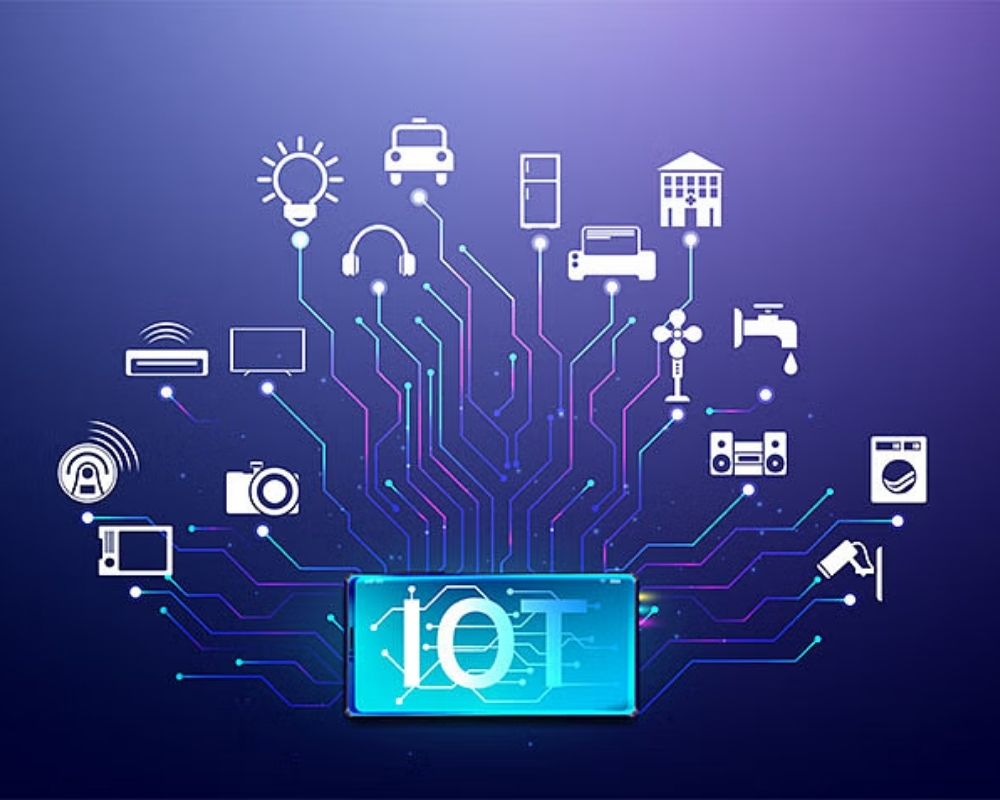SaaS (Software-as-a-Service) is becoming a dominant model in the era of digital transformation. Beyond saving infrastructure costs, SaaS brings flexible scalability, easy maintenance, and personalized user experiences. This article will help you master the effective SaaS development process and introduce you to partnership solutions from BAP Software – a trusted technology company specializing in custom SaaS software development.
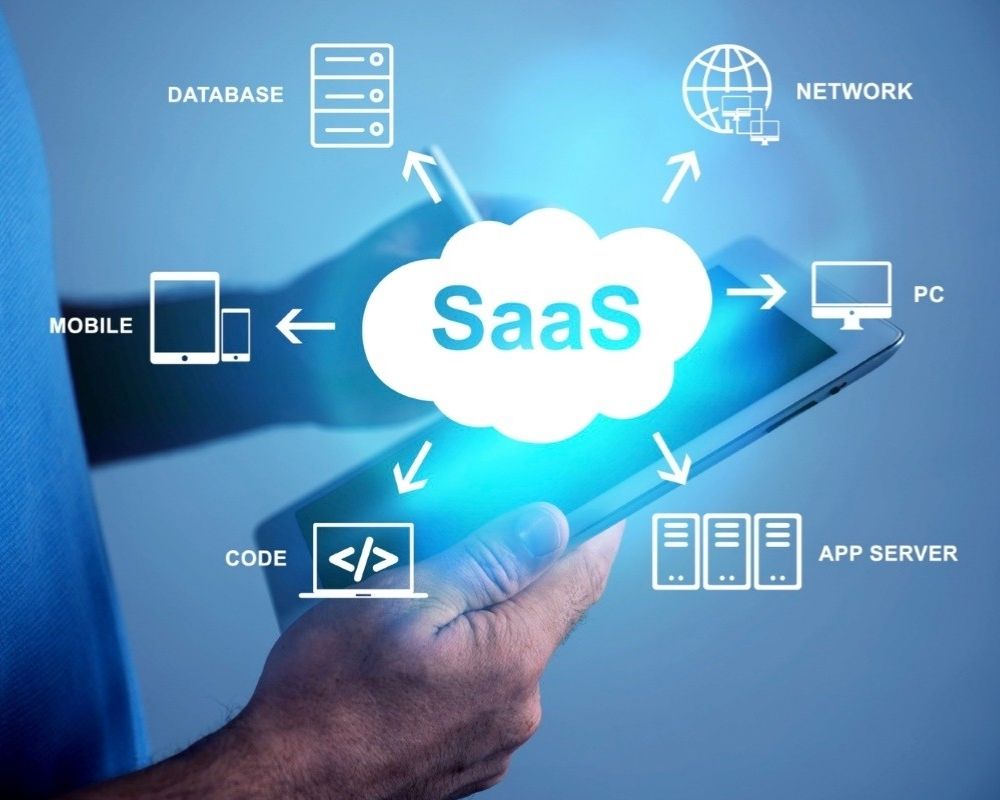
SaaS Software Development Process. Source: SaiGon Technology
I. What is SaaS Development? Why should businesses choose this model?
1. What is SaaS Development?
SaaS Development refers to the process of building and deploying software applications hosted on the cloud, allowing users to access them via the internet without installing anything directly on their devices.
Unlike traditional software that requires manual installation and updates, SaaS solutions can be continuously updated by the provider, easily scalable, integrable, and operable. Businesses can adopt SaaS under a subscription model with flexible costs, suitable for both startups and large enterprises.
2. Key Advantages of SaaS Compared to Traditional Software
| Criteria | Traditional Software | SaaS (Software as a Service) |
|---|---|---|
| Deployment | Requires manual installation and configuration on each device | Online access via browser |
| Cost | High upfront license/installation fees | Recurring subscription fees (per user/month) |
| Updates | Manual updates required | Automatic updates from provider |
| Scalability | Limited, requires hardware upgrades | Easily scalable via the cloud |
| Maintenance | Handled by the enterprise itself | Handled by the SaaS provider |
With these advantages, SaaS has become the leading choice in the digital era, especially for businesses aiming to grow fast, save initial costs, and ensure scalability.
3. When should businesses develop SaaS solutions?
Businesses should consider SaaS when they:
Need to deliver online services to many users (e.g., CRM, HRM, LMS…).
Want to reduce infrastructure and IT operational costs.
Require flexible scalability aligned with growth (scale up by number of users).
Need rapid feature updates without disrupting customer operations.
Aim to serve international markets – SaaS is well-suited for global delivery.

General Information on SaaS Development. Source: Acropolium
II. Key Stages in the SaaS Development Process
To successfully build a SaaS application, businesses must follow a structured process from idea formation to actual operation. Below are the standard steps in SaaS development, ensuring a stable, scalable product that meets user needs.
Stage 1: Market Research & Product Ideation
Before development begins, businesses should:
Analyze the market: What are competitors offering? What’s missing for customers?
Identify real user problems (pain points) and shape the software idea accordingly.
Define the right SaaS business model: Freemium, Subscription, Pay-as-you-go…
Stage 2: Business Analysis & SaaS Architecture Design
At this stage, the development team collaborates with the client to:
Gather functional requirements: User management, dashboards, payments, permissions…
Analyze operational workflows to optimize user experience.
Design SaaS architecture: Choose multi-tenant or single-tenant model, plan storage, security, scalability.
Select the right tech stack: e.g., Node.js + React, Laravel + VueJS, or low-code platforms like OutSystems for rapid deployment.
Stage 3: MVP (Minimum Viable Product) Development
The core stage of SaaS development:
Build the first version with essential features: Registration, login, dashboard, basic data management.
Optimize UI/UX for smooth user experience.
Conduct initial testing (Unit test, Integration test) to ensure system stability.
Stage 4: Advanced Features & System Integrations
Once the MVP is validated:
Develop advanced features: Reporting, online payments, data analytics, automated emails…
Integrate third-party services: Payment APIs (Stripe, PayPal), email (SendGrid, Mailchimp), CRM, ERP…
Implement advanced security: Two-factor authentication, data encryption, role-based access control.
Stage 5: Deployment, Monitoring & Maintenance
Deploy on cloud platforms (AWS, Azure, Google Cloud) for high availability.
Set up CI/CD pipelines for fast and secure updates.
Monitor system performance using tools like Datadog, Prometheus, Sentry.
Provide ongoing maintenance and continuous improvements.
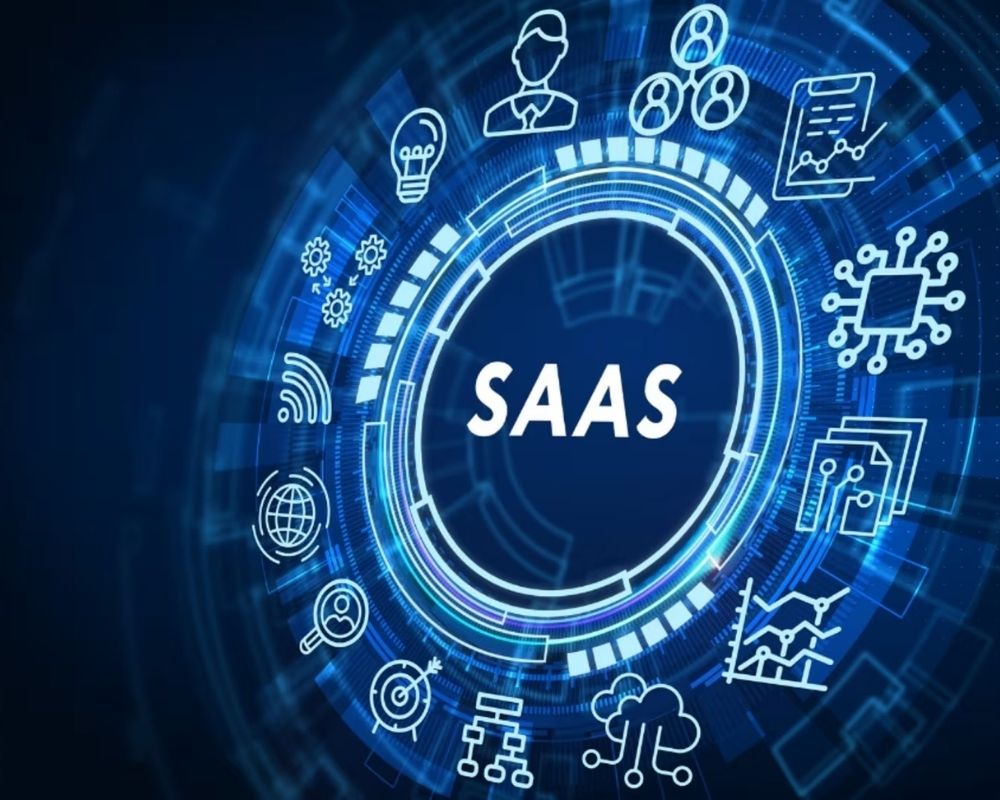
Key Stages of SaaS Development. Source: Baire Dev
III. Essential Considerations for Effective SaaS Development
Even with a clear process, businesses must consider these factors to ensure SaaS success in scaling and market expansion.
1. Data Security is Critical
Since SaaS stores user data on the cloud:
Comply with global security standards (ISO/IEC 27001, GDPR, SOC 2…).
Apply end-to-end encryption, SSL/TLS for all connections.
Enforce strict role-based and tenant-based access control.
Regularly conduct security audits and penetration testing.
2. Build Flexible & Scalable Architecture
SaaS must serve multiple customers simultaneously:
Adopt microservices or modular architecture for faster updates and maintenance.
Ensure scalability to handle user growth.
Choose the right cloud platform (AWS, GCP, Azure) depending on performance, cost, AI capabilities.
3. User-Centered UX Design
SaaS targets broad user groups, so:
Interfaces must be intuitive, even for non-tech-savvy users.
Simplify workflows (no more than 3 steps for basic tasks).
Prioritize mobile-first design for smartphones and tablets.
4. Align Business Strategy with Technical Development
A SaaS app is not just tech – it’s also a business model:
Define clear pricing strategy (Freemium, free trials, feature/user-based plans).
Automate billing systems for transparency.
Integrate CRM and Helpdesk tools for effective customer support.
5. Continuous Improvement Beyond MVP
SaaS customers expect constant updates:
Collect user feedback (surveys, journey tracking, heatmaps…).
Use analytics tools (GA4, Mixpanel) to understand user behavior.
Apply CI/CD pipelines for fast, stable updates.
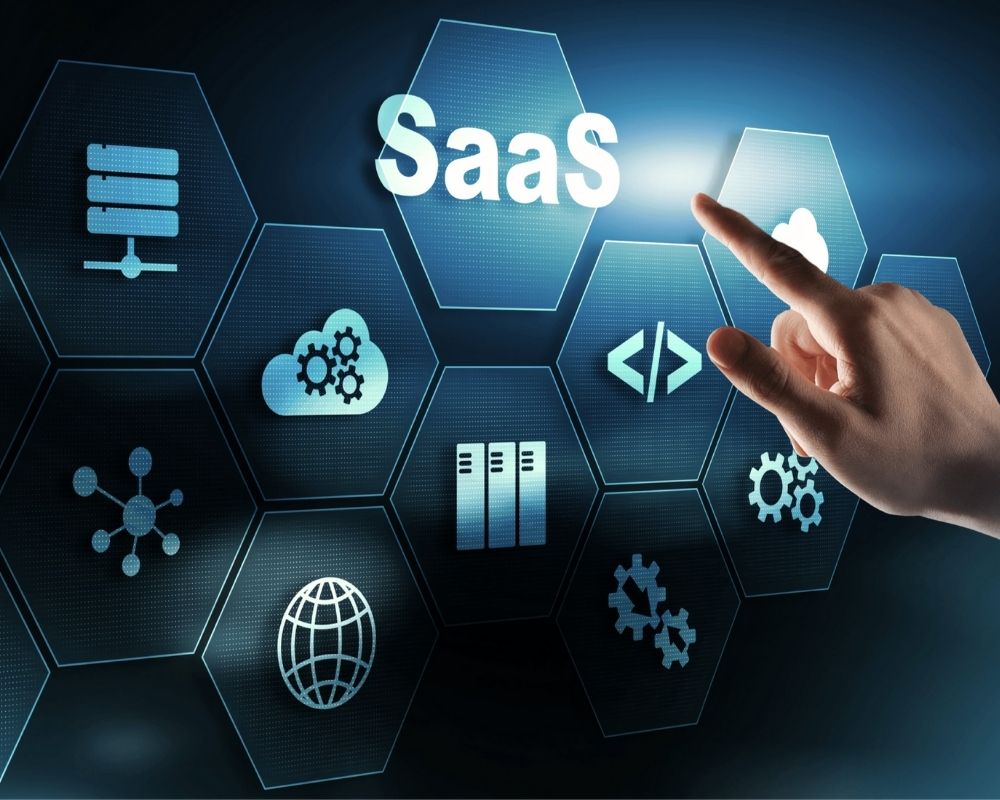
Important SaaS Development Considerations. Source: SaaS Academy
IV. BAP Software – A Trusted SaaS Development Partner
As businesses rapidly shift to digitalization and cloud services, BAP Software has emerged as a strategic partner in SaaS development – combining strong technology expertise, product-driven mindset, and global project experience.
1. Real SaaS Project Experience
BAP has delivered SaaS projects across various industries:
EdTech (Education): Online learning platform with GenAI for personalized content and performance assessment.
Fintech (Finance): Personal finance management SaaS with AI Agent for investment advice and spending alerts.
Manufacturing SaaS: Real-time production monitoring platform using IoT and SaaS dashboards for remote supervision and performance analytics.
2. SaaS Technologies & Platforms at BAP
Languages & Frameworks: Java, .NET, Node.js, ReactJS, Flutter…
Cloud & DevOps: AWS, Azure, Docker, Kubernetes, Terraform…
Databases: PostgreSQL, MongoDB, Firebase…
AI & Big Data: LLMs (GPT-4, Claude), OpenCV, BigQuery, Airflow…
BAP goes beyond coding by:
Designing SaaS architectures tailored to each business model.
Optimizing cloud performance and costs.
Ensuring security and scalability from the start.
3. Flexible Engagement Models for SMEs & Enterprises
BAP offers multiple cooperation models:
Full Product Development: From consulting → UX/UI design → development → deployment & maintenance.
Team Augmentation: Providing dedicated SaaS engineers to enhance internal teams.
Agile + DevOps Approach: Ensuring progress, fast feedback, and resource optimization.
4. Quality & Security Commitment
Compliance with ISO/IEC 27001 information security standards.
Independent QA team performing automated & manual testing to international standards.
Clear SLA commitments on performance, response times, and technical support.
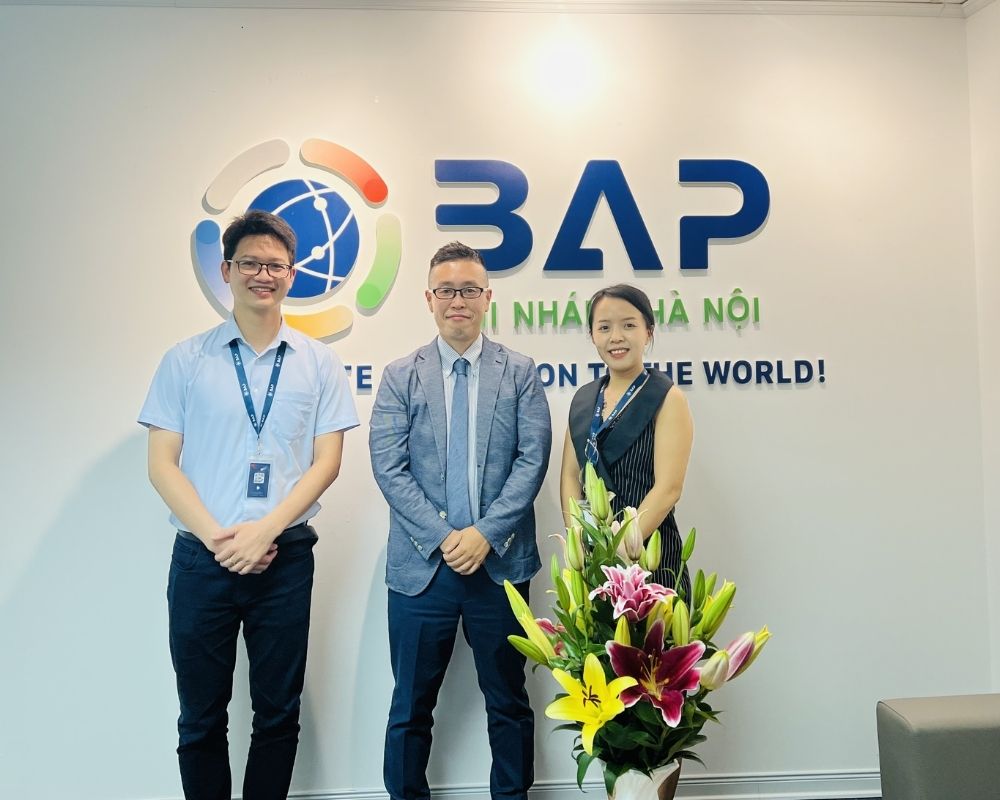
BAP is proud to be one of the trusted SaaS development partners for enterprises. Source: BAP Software
V. SaaS Development – A Strategic Foundation for Sustainable Growth
SaaS development is not only a technological shift but also a strategic driver that helps businesses scale flexibly, optimize costs, and enhance customer experience in the digital age. An effective SaaS development process requires synergy between product mindset, proper technologies, and a reliable implementation partner.
With structured consulting, real-world experience, and a team of skilled engineers, BAP Software is the ideal SaaS partner to turn your ideas into sustainable, competitive software products. Contact BAP Software today for the right SaaS development strategy!





